To help Asia-Pacific businesses revitalise growth strategy in the environment and sustainable markets, Frost & Sullivan put forth next-generation solutions and resilient business models.
Story by: Deepti Thore
Photos by: Sourabh Botre, Flaticon.com and Frost & Sullivan
Covid-19 has changed national priorities. Ironically, at a time when the global emissions have touched unprecedented lows, the respective governments have had to prioritise. Economy or climate change is the question many have had to deal with it. A global recession, the worst in decades, is looming large. The worst in decades. From New Delhi to Beijing, Air Quality Index (AQI) witnessed unprecedented improvement even if it were to be temporary with the economies looking to fast open up and move in the direction of the pre-Covid levels. The fight for climate change, it is feared, has taken a backseat. At this juncture, Frost & Sullivan’s webinar – ‘Revitalize Your Growth Strategy in Environment and Sustainability Markets in Asia-Pacific’ did just the right thing. Timed to perfection, it drew the fading attention ‘spans’ back to the environment and sustainability markets.
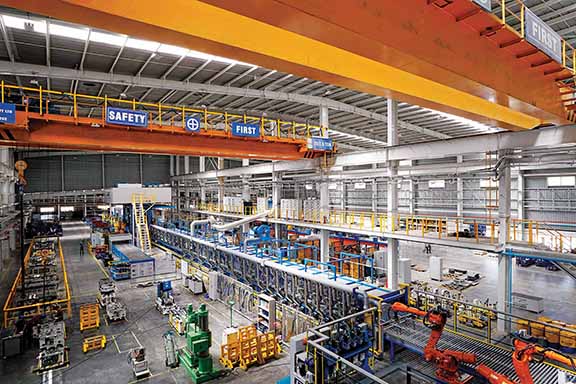
Calling for the need to build a business pipeline, address security concerns related to water supply and quality, waste management, and indoor air quality, the webinar emphasised on building a circular economy in the future where raw materials, components and products retain their value to the maximum possible. According to Melvin Leong, Director- Sustainability program and Industrial Practice, Frost & Sullivan, it is quintessential to use advanced and innovative solutions backed by resilient business models. The session touched upon critical topics like environment growth opportunities, challenges, immediate intervention areas and technologies. The meeting was an attempt to direct organisations looking rebound and emerge stronger from the pandemic.
Growth Pressures
The session drew attention to the factors responsible for industry growth pressures. It identified diminishing returns and rising operational costs. It also highlighted the evolving customer value chain. Tech-savvy customers and the emergence of alternative sales channels have given way to a prime example. The focus was on strained water-resources and growing waste generation — low recycling rates, especially in Asia-Pacific. Problem-solving companies will shape the future with their disruptive tech. Facing stiff competition from start-ups, the well-established companies will continue to thrive on change.
Impact on automotive
Many automotive markets are severely hit and forced to change. Importance of hygiene, for instance, has resulted in the growing popularity of sanitisers indirectly positively impacting chemical manufacturing. Ecommerce and digitisation have been rampant making up for the lag and unacceptance pre-Covid. It has also led to a renewed rise in plastic waste levels as an outcome of heightened packaging levels. Cautioned Leong, “Customers in the sustainability industry may not invest further in new technology beyond the basic requirement of water treatment and waste management. New budgets will be under pressure.” An audience poll to identify growth themes had more than 70 per cent participants vote in favour of next-generation technologies. Others backed governance and business models coming off age as growth contributors.
Growth contributors
Service delivery is crucial for sustainability markets. It is severely stressed. Claimed Leong, tenders related to environment services were postponed, delayed or even cancelled. New investments in this industry were also affected. Citing optimism against all the odds, he highlighted focus areas like ongoing efforts to improve access to clean water for the industry. He also touched upon the renewed focus on environmental technologies to promote the circular economy. Admitting that the opportunity was not new, he, however, put in perspective the rising importance of resource management and monetisation. Re-evaluating environment management strategies to address floods and droughts also found a mention. “It is important to understand that climate issues do not halt because of a pandemic. Solutions which benefit water management and waste management for business security and socio-economic security will become ever more important and is the way to kickstart economies again,” he exclaimed.
Water utilities for economic reactivation
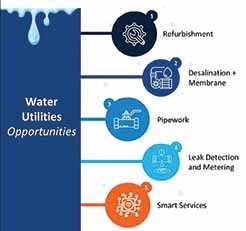 The utility of water is associated with services required by a heat process, for instance, the use of water in steam production, cooling, rinsing for Cleaning In Place (CIP). CIP, in effect, is using water with a mix of heat and chemicals to clean machinery sans any dismantling. For example, high-pressure water cleaning systems are known to degrease, de-oil or remove residues in automotive plants. “By the end of 2020, we are expecting healthy growth in the capex expenditure by around 8.2 per cent,” opined Leong. As per a statistic, countries with more than 10 per cent growth in 2020 would be Australia, Philippines, Indonesia and India. Countries with growth between five to 10 per cent would be China, Vietnam and Thailand. Singapore will expand its wastewater infrastructure and improve the sustainability of water resources. Australia, on the other hand, will continue to improve irrigation in remote areas, and Japan will look to strengthen its flood control system due to excessive rains. For Korea, overall network improvement will be the focus. Stating that the Asia-Pacific region will continue to refurbish or expand its various water infrastructures treatment to distribution, Leong was quick to point out how going forward the goals of governments would be reoriented to support economic reactivation. Until 2021, refurbishment, desalination plus membrane, pipework, leak detection and metering, and smart services will present excellent opportunities. Known to be out in the public domain for the past three years, these have gained newfound relevance.
The utility of water is associated with services required by a heat process, for instance, the use of water in steam production, cooling, rinsing for Cleaning In Place (CIP). CIP, in effect, is using water with a mix of heat and chemicals to clean machinery sans any dismantling. For example, high-pressure water cleaning systems are known to degrease, de-oil or remove residues in automotive plants. “By the end of 2020, we are expecting healthy growth in the capex expenditure by around 8.2 per cent,” opined Leong. As per a statistic, countries with more than 10 per cent growth in 2020 would be Australia, Philippines, Indonesia and India. Countries with growth between five to 10 per cent would be China, Vietnam and Thailand. Singapore will expand its wastewater infrastructure and improve the sustainability of water resources. Australia, on the other hand, will continue to improve irrigation in remote areas, and Japan will look to strengthen its flood control system due to excessive rains. For Korea, overall network improvement will be the focus. Stating that the Asia-Pacific region will continue to refurbish or expand its various water infrastructures treatment to distribution, Leong was quick to point out how going forward the goals of governments would be reoriented to support economic reactivation. Until 2021, refurbishment, desalination plus membrane, pipework, leak detection and metering, and smart services will present excellent opportunities. Known to be out in the public domain for the past three years, these have gained newfound relevance.
 In the refurbishment area, utilities need to focus on plant treatment improvement, especially in crucial equipment like pumps and motors, filters and chemical building systems. Equipment efficiency will be a vital priority for facility operational improvement, said Leong. With treatment capacity expansion post-2020 on the horizon, market players should look out for pre-planning design and new tender activities planned to take shape by the end of 2020. New treatment construction, it is likely, would be deferred until 2021. Priority being to close the operational and business gap in current water treatment systems. The opportunity also lies in the realm of desalination, especially in Australia and parts of India and China. Pipework, one of most underrated areas in the water utility market, stated Leong would pave the way for pipe installation using advanced technologies and non-steel materials. On the consumer end, lead-detection and metering could gain prominence. Smart water meter deployment and collaborations with digital providers would be essential.
In the refurbishment area, utilities need to focus on plant treatment improvement, especially in crucial equipment like pumps and motors, filters and chemical building systems. Equipment efficiency will be a vital priority for facility operational improvement, said Leong. With treatment capacity expansion post-2020 on the horizon, market players should look out for pre-planning design and new tender activities planned to take shape by the end of 2020. New treatment construction, it is likely, would be deferred until 2021. Priority being to close the operational and business gap in current water treatment systems. The opportunity also lies in the realm of desalination, especially in Australia and parts of India and China. Pipework, one of most underrated areas in the water utility market, stated Leong would pave the way for pipe installation using advanced technologies and non-steel materials. On the consumer end, lead-detection and metering could gain prominence. Smart water meter deployment and collaborations with digital providers would be essential.
Waste management
Waste management segment can be called an outlier. Recycling practices, as well as waste collection and treatment measures, have only improved in the wake of efforts to prevent contagion spread and enhancing environmental hygiene. Looking at past trends, one will agree that waste trends have translated into excellent business opportunities. Take the example of China. It produced 75 million tonnes of plastic waste in 2019 — the expected rise is to 78 million tonnes in 2020. The country plans to add ten recycling plants to the existing count of 138. In India, 15 million tonnes of plastic waste was reported in 2019 and is in all probability likely to register 17 million tonne levels in 2020. Notably, the EPR scheme introduced to support waste management was erstwhile unsuccessful due to the highly informal nature.
 In terms of opportunities, one can take a cue from the Malaysian government’s mechanism of issuing a proof permit for plastic imports. “This provision of importing waste in Malaysia, can bring global opportunities to the recycling market globally,” opined Leong. He cited the landfill model as the largest in Asia pacific with recycling coming close at second. Recycling could well overtake landfill volumes. In terms of revenue generation, recycling stays the most significant contributor to plastic waste management streams and will most likely hold the fort until 2030. In 2019, an estimated 50 cities invested in waste management and recycling. Shortage of waste materials like PET is also a rising trend. To sum up, the five major focus areas will be IOT, upgraded recycling technology, smart supply chains, innovative design for sustainable packaging and collaborative recycling. No wonder, startups in India, China, Korea and Japan are already focusing on it. With China’s e-waste alone valued at an estimated 12 billion dollars in 2020, its up-gradation to improve recovery rates assume significance. India and Southeast Asia could be the next hotspots for e-waste in 2020-21.
In terms of opportunities, one can take a cue from the Malaysian government’s mechanism of issuing a proof permit for plastic imports. “This provision of importing waste in Malaysia, can bring global opportunities to the recycling market globally,” opined Leong. He cited the landfill model as the largest in Asia pacific with recycling coming close at second. Recycling could well overtake landfill volumes. In terms of revenue generation, recycling stays the most significant contributor to plastic waste management streams and will most likely hold the fort until 2030. In 2019, an estimated 50 cities invested in waste management and recycling. Shortage of waste materials like PET is also a rising trend. To sum up, the five major focus areas will be IOT, upgraded recycling technology, smart supply chains, innovative design for sustainable packaging and collaborative recycling. No wonder, startups in India, China, Korea and Japan are already focusing on it. With China’s e-waste alone valued at an estimated 12 billion dollars in 2020, its up-gradation to improve recovery rates assume significance. India and Southeast Asia could be the next hotspots for e-waste in 2020-21.
Smart supply chains will increasingly depend on advanced technologies like Blockchain. It has found relevance in the material recycling industry. With Asia known to account for the highest global packaging materials, at about 40 per cent, startups have sensed an opportunity. In early 2019, the alliance to end plastic waste involves companies like Reliance and BASF in India. They could invest USD 1.5 billion between 2020-24. Post Covid-19, it could drop down to USD one billion. Opportunities in recycling especially in special economic zones, is a possibility.
Government reforms
For integrated sustainability, the government needs to incorporate economics, social and environmental aspects in climatic management. Frost & Sullivan predictions for 2020 and beyond expect water sources to be at risk. New software for providing water accounting to arrive at better water management decisions for industrial use is a promising domain. “The need of the hour is a collaboration of government bodies, private insurance firms, NGOs and related industry experts in the environmental markets,” he concluded. ACI



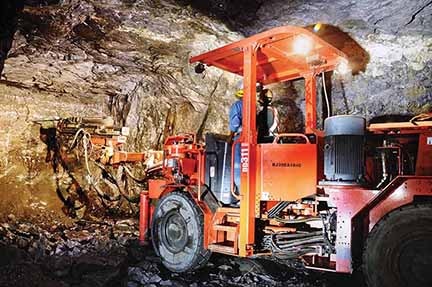


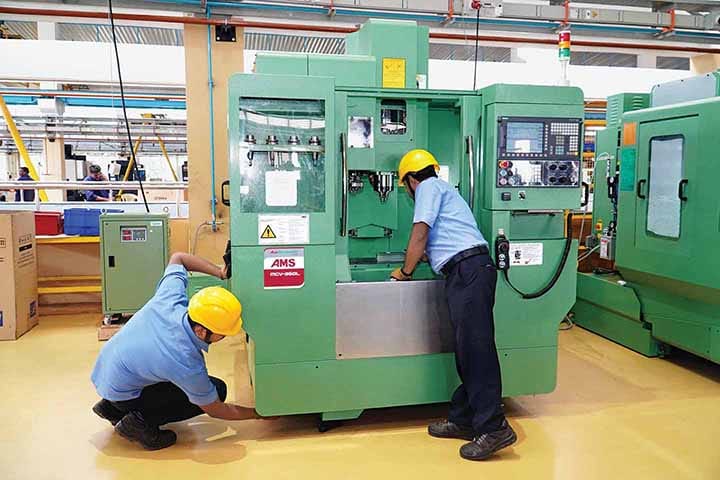


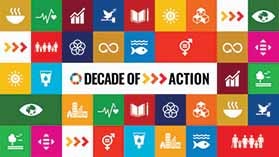


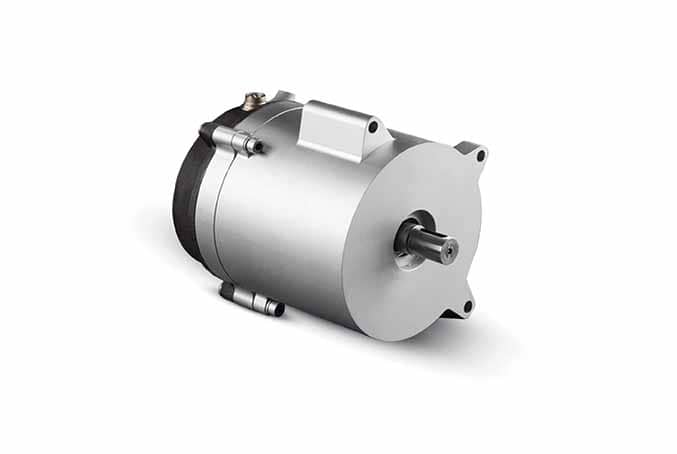

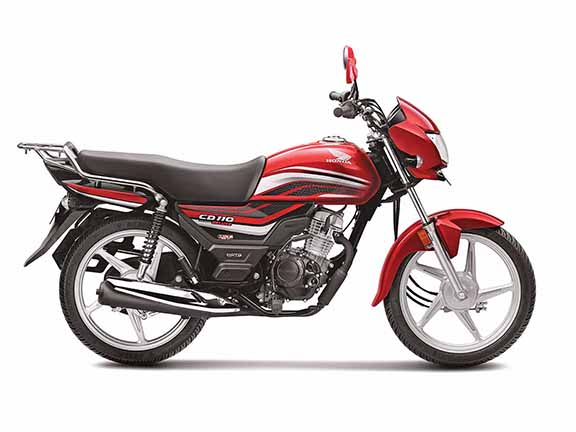

Leave a Reply